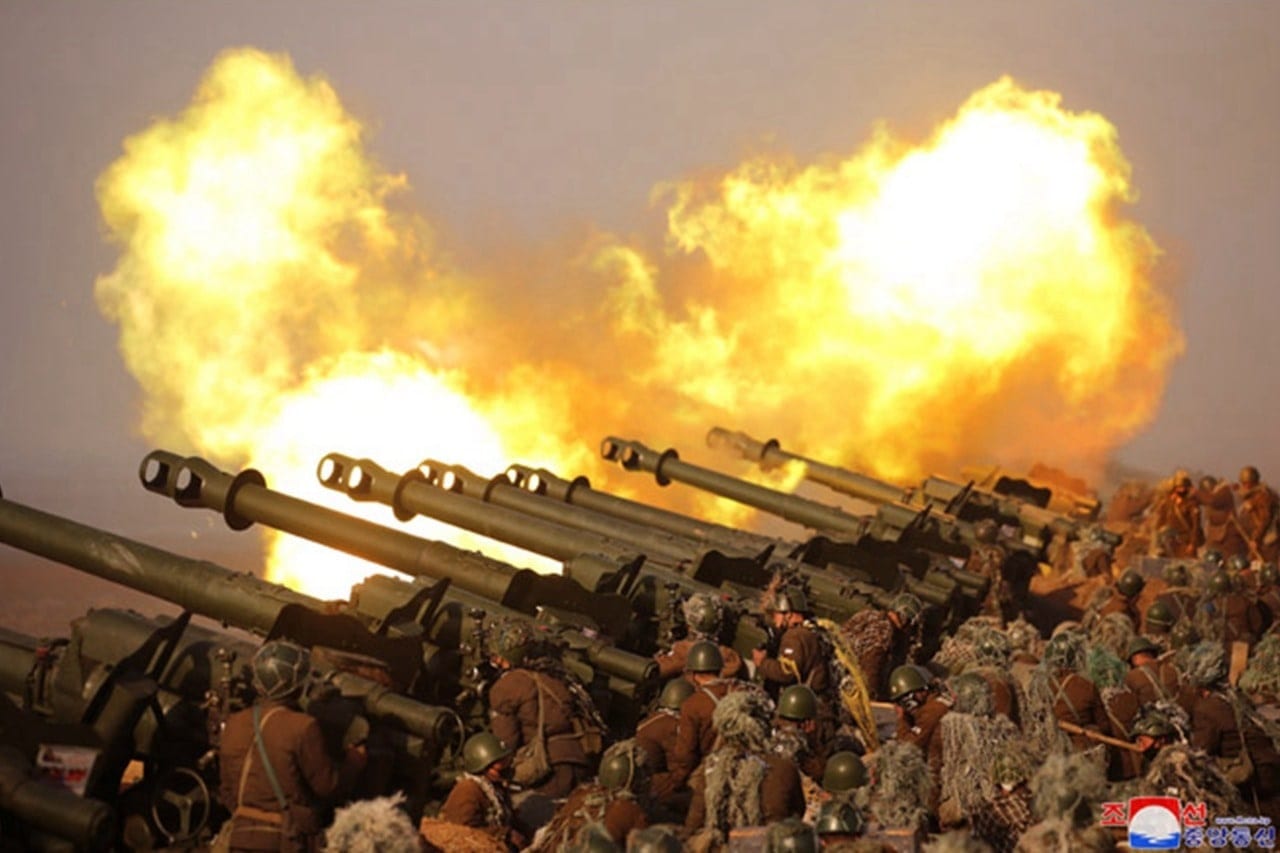Michael Rubin

Nir Barkat, Israel’s minister of economy and industry, did not mince words.
“The Ayatollahs in Iran are not going to sleep good at night,” Barkat declared.
“We are going to make sure they pay a heavy price if, God forbid, they open the northern front” by having Hezbollah attack Israel,
The threat of an Israeli strike on Iran is real.
While Qatar finances Hamas and Turkey provides it with diplomatic support, its command-and-control lies with Iran’s Islamic Revolutionary Guard Corps. The Iranian budget has included open-line items for support to Palestinian movements. The Revolutionary Guards’ elite Quds Force conducts training for Palestinians in Iran and Lebanon. IRGC commanders help with training and logistics, even if Palestinians run operations. This continuous Iranian support for Palestinian terror groups has long been the basis for the U.S. State Department’s designation of Iran as a state sponsor of terrorism.
Top Biden administration officials may argue they have seen no smoking gun to implicate Iranian involvement in the Oct. 7 Hamas attacks. But they ignore how Iran’s longstanding support facilitates these operations while giving the Islamic Republic plausible deniability.
If Israel were ever able to strike militarily in Iran, the Iranian regime’s major response would come via Hezbollah, which has accumulated more than 100,000 rockets and missiles, even under the watchful eye of the United Nations Interim Force In Lebanon. Indeed, when the UN secretary-general complains about Israeli actions in Gaza, he might consider how the UN’s false promises after the 2006 Israel-Hezbollah war vaporized the UN’s credibility in Israel. If Hezbollah chooses to launch missiles in solidarity with Hamas, Israeli strategists will conclude that, since Israeli civilians have already suffered retaliation even without a strike on Iran’s nuclear program, there remains no downside to striking at Iran directly.





.jpg/alternates/LANDSCAPE_910/6183180%202.jpg)





